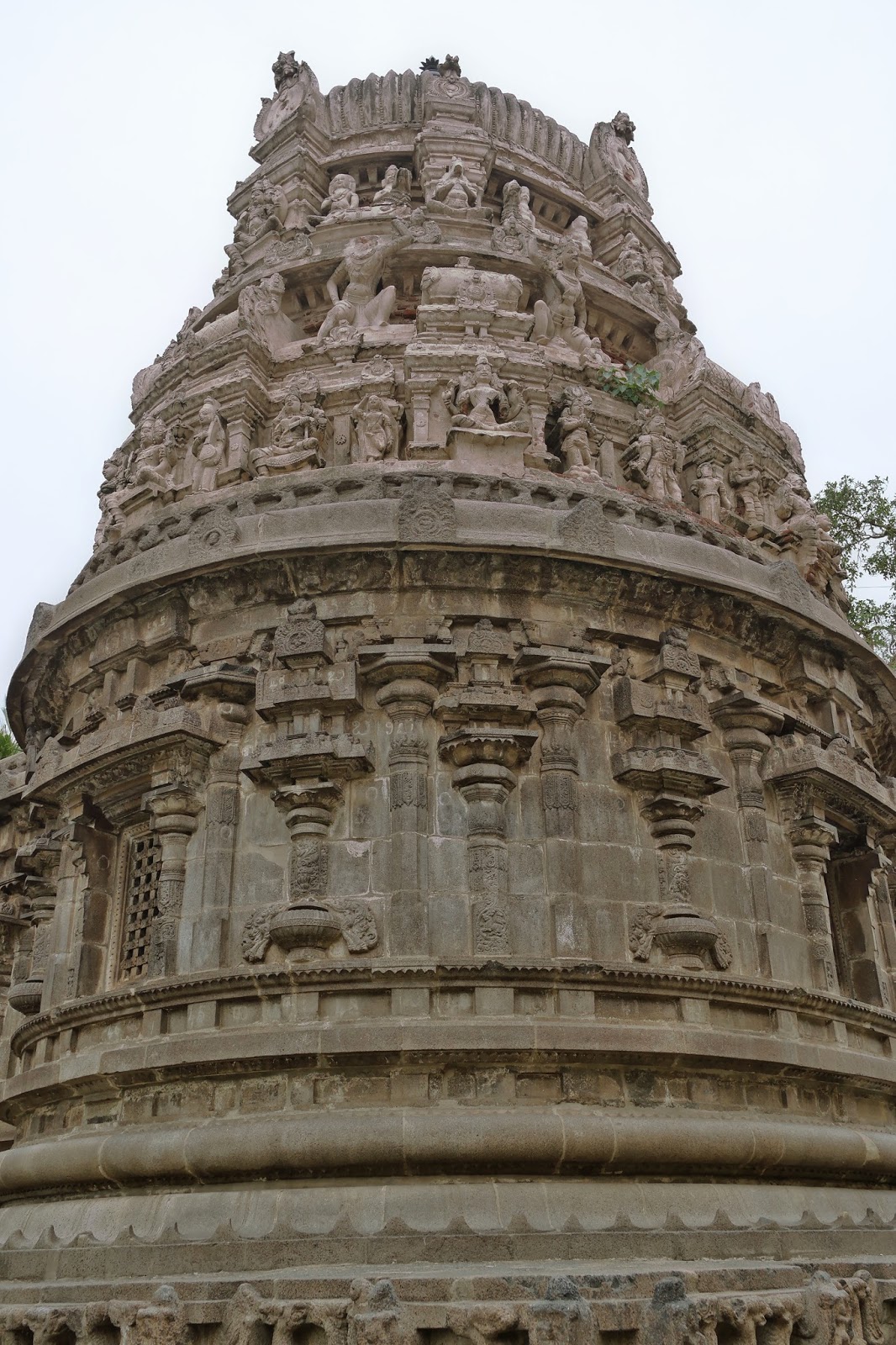Who Am I?
One day a professor went to see Ramana
Maharshi and asked him, "Can you help me to see GOD?"
Ramana asked the professor,
"who are you, why do you want to see GOD?"
"I am Devadutt Sharma",
exclaimed the professor.
"That is your name, but who
are you?" asked Ramana.
"I am an Anthanan,"
said the professor.
"That is your hereditary,
but who are you?" Ramana asked again.
"I am a college
professor," proudly said the professor.
"That is your profession,
but who are you?" Ramana went on further.
"I am a man," said the
professor, getting a little frustrated.
"That is your gender by
birth, so who are you anyway?" nudged Ramana.
The professor finally said,
"I really do not know who I am then."
Ramana replied, " You don't
even know who you are to begin with, and how do you think you will ever know
GOD."
"Self-discovery is the first
step in the journey towards attaining higher level of consciousness of
spiritual realization."
Unfortunately for many, the
search is for quick fixes to their worldly problems. A miracle is what everyone
wants. Divinity has been hijacked by giving it a generic term called GOD and
have been given multiple brand names via RELIGION. As human life becomes more
intertwined, so have complexities in leading our lives. Brand religion became
popular by providing convenient solutions to the UNKNOWN.
FAITH and HOPE have become the
buzz words in selling GOD. So GOD became the granter of wishes to mortal souls.
But we have been taught to believe that nothing is free in this world. I guess that applies to GOD as well. So how
would GOD grant our wishes? Well we have to give something to GOD in return for
HIS/HER blessings. By the way by now Divinity has also been given a gender.
Convenient isn't it? Thereupon a dogma is constructed around this concept to
provide for a structure to attain GOD's blessings. So goes the practice of
undivided conformity to rituals and prayers. But often in a hurried world
today, even that is found to be a little tedious and time consuming.
Enter the Places of Worship or
Godmen or Holyman or Evangelist or Shaman who becomes GOD's agent and who can
connect one directly to GOD. But of course there is a price to be paid - often
large material contributions to the coffers of these places of worship or middleman,
all in the name of donation.
An example to quote, the world’s
richest place of worship would be the Thirupathi Venkateshwara Temple. It is
said that the temple is estimated at a worth of USD8billion, with a daily
collection of donations amounting to about USD700K. That is just a glimpse of
the level of desperation people have in hoping for that 'miracle' which would
change their entire life. Of course this temple runs multiple charitable
activities which includes schools, colleges, hospitals etc. However it can't be
said that all places of worship have similar agendas. Interestingly it is also
reported that there are places of worship in Pakistan that not only harbor, but
also promote undesirable anti-social activities.
From a Godmen perspective,
TeleEvengelist Chris Oyakhilome of the Christ Embassy, is estimated to be worth
USD50million. He was implicated in USD35million money laundering activities
which he was later cleared of. Or for that matter the infamous Swami Nithyananda
of India who was implicated in a sex tape scandal. Regardless, the irony is
that the faithful are unperturbed by all these, as they merely treat these as
minor distractions in their quest for higher callings i.e. 'miracles'.
Desperation and faith are a
powerful concoction that has potent results. Militants preparing to be martyrs,
are often found to be individuals who come from disadvantaged or even a psychological
scarred strata of society. Martyrdom promises paradise in afterlife. For some
it could be a way out from a wretched life that they are already living.
Whether one is sitting for an
examination, going for an interview, in financial difficulty or facing any
other life challenge, everyone seeks a 'miracle'. Even a glimmer of hope of a
quick fix from GOD or Godmen would entice human imagination.
Funnily enough, in all these
desperate attempts, humans seem to externalize their search for satisfaction or
redemption, never once looking inward in search of the answer.
Instead of looking for the
elusive GOD in the heavens, perhaps people should start looking within oneself
to find the answer.
"Brahman is supreme; he is
self-luminous, he is beyond all thought. Subtler than the subtlest is he,
farther than the farthest, nearer than the nearest. He resides in the lotus of
the heart of every being." Mudaka Upanishad 3:1:7.
"What? Know ye not that your
body is the temple of the Holy Ghost in you, which ye have of God, and ye are
not your own." Corinthians 6:19-20
Both the above have been quoted
from the respective holy books, and both belief systems prescribe to the same
philosophy, but where did they fail?
The failure was human GREED.
Greed commoditized everything, including DIVINITY. In a world filled with the
expectation for instant gratification, spirituality has lost its relevance.
Spirituality is often confused with the act of devotion and prayer, for it is
only a precursor towards a journey of self -realization and it is not the end
itself.
But first we have to find the
humanity within us. We should stop the attitude of "expecting to be a
receiver" and start becoming a "giver without expectations".
OM TAT SAT.
ravivarmman21082014


















